
Looking to re:Invent? It’s Time for a New Approach to Your Data Layer
Learn More

The cloud is no longer a disruptive new concept. It’s been around for well over 10 years, which may seem short but is an eternity for technology. When AWS’ nascent S3 service launched we were still doing things like calling in food delivery with our flip phones and renting movies from Blockbuster Video. Think about how much our lives have changed since then. Much of that change is thanks to the exponential innovation unlocked by the cloud.
But if the cloud has been so transformative and been around for so long, how can migration still be speeding up? How do organizations still struggle with cloud operations? How can 1 in 3 migrations fail?
Part of the reason for this is because cloud adoption follows a curve. There’s no defining moment when an organization is officially in the cloud. Typically, organizations move along a maturity curve from their first foray and proof of concept, maybe with a simple lift-and-shift migration, into more sophisticated adoption models as they move more applications. They may have mastered how to lift-and-shift, but are struggling with replatforming or modernizing in the cloud.
Another element is data. With all this technological innovation and scale comes a lot of data that needs to be moved, stored, used, and analyzed—often in real time by a multitude of applications, across different clouds, with varying architectures, all sending data to and from users across the globe.
We decided to compile all of our findings into an infographic we could share with the Redis community: “How to Migrate to the Cloud Without Disrupting Data.” Please feel free to share it, too!
Here are a few of our more interesting findings:
1 in 3 cloud migrations fail to deliver any tangible value. That is a staggering number when you consider the time, expense, and opportunity cost of undergoing a cloud migration. This number highlights not only the challenge of moving applications and data to the cloud, but also the difficulty in making a cultural, business, and operational shift to a new cloud model.
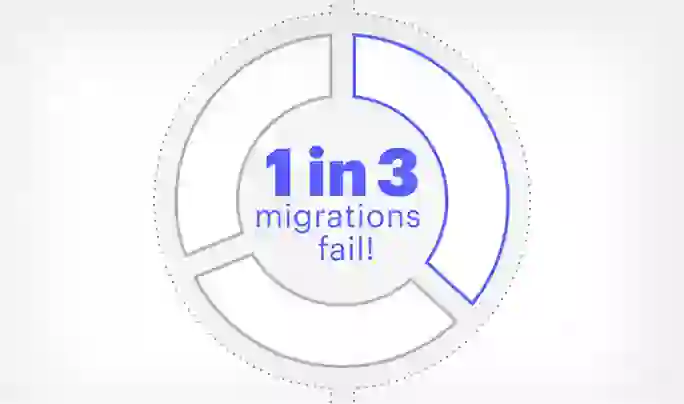
Long gone are the days when companies would vet, select, and migrate to a single cloud provider. Today, multicloud is the new norm. Modern companies seek the operational resilience and freedom to select best-in-breed technologies from among public cloud providers.
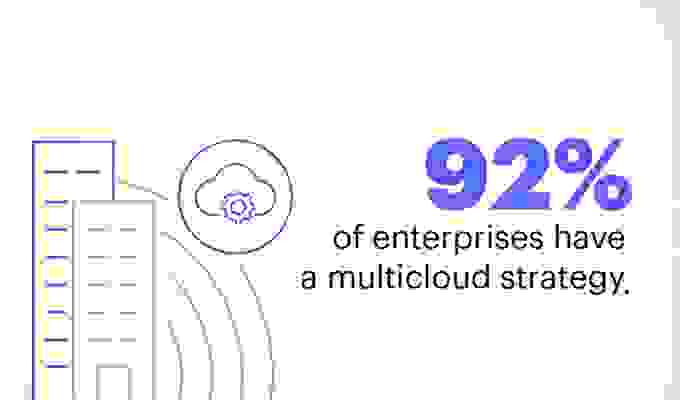
But in doing so, businesses are fragmenting their data across the multiple clouds that they are built on. This presents a serious challenge that typically leads to a sacrifice in either speed, consistency, or operational simplicity.
Those companies that survive migration and realize the tremendous value of the cloud are evolving, abstracting more of the infrastructure and operational burden of their tech stacks, and maturing from IaaS to fully managed cloud services and optimized use of cloud technology (including Database-as-a-Service).
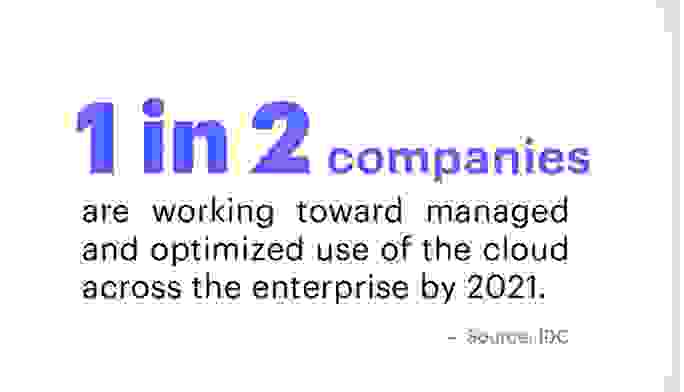
These managed services unlock the power of specialization, allowing companies that are the best at operating infrastructure to handle the infrastructure and those that are best and most innovative at data to handle the cloud data layer—all while freeing the customer to focus on what they know best: their business and their applications.
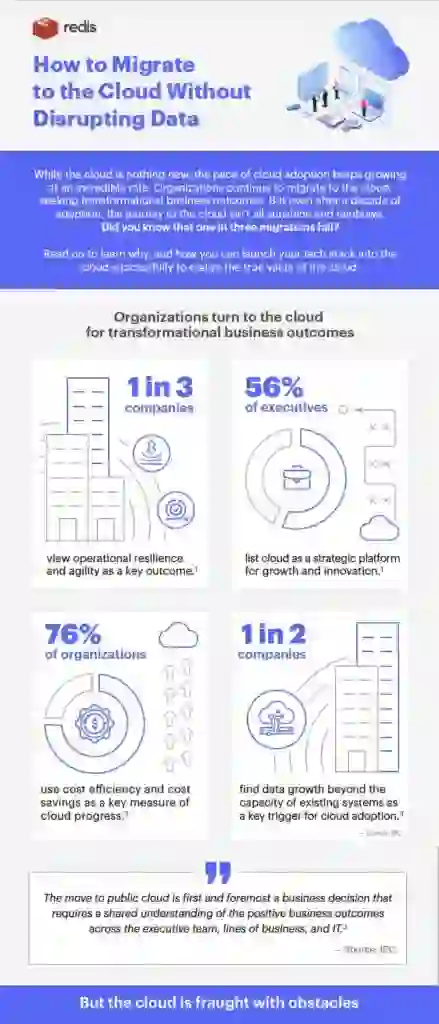

Looking to re:Invent? It’s Time for a New Approach to Your Data Layer
Learn More
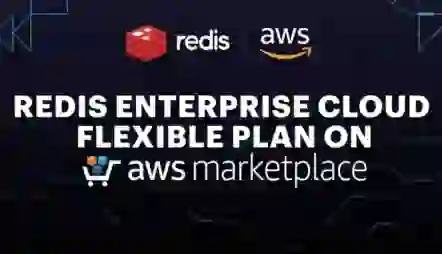
New Plan Brings Increased Simplicity and Flexibility to Redis Enterprise Cloud in AWS
Learn More

Digital Transformation Is Accelerating: Is Your Data Layer Ready?
Learn More

RedisJSON: Public Preview & Performance Benchmarking
Learn More